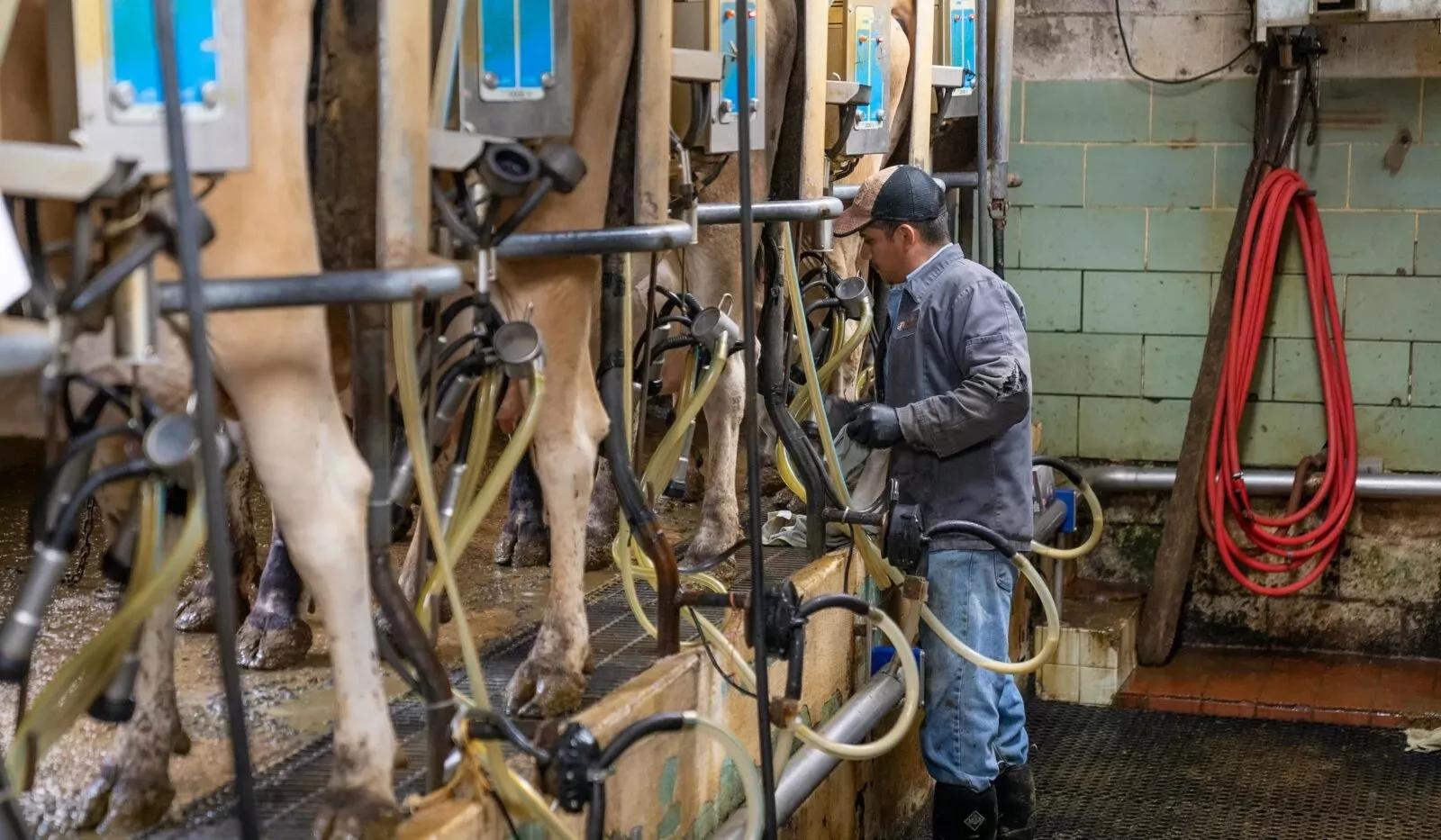20 October 2025
Which technologies for low-carbon, resilient and prosperous agriculture ?
New report release !
Discover the report20 October 2025
New report release !
Discover the report

Historically, agricultural technologies have accompanied the evolution of farming systems, notably by improving yields, reducing the impact of pests, and lessening the arduousness of farm work. However, given today’s physical constraints, it now seems necessary to take a critical look at the role and positioning of technologies in the agricultural transition.
Using the overarching term “technology” actually obscures the heterogeneity of agricultural technologies — in terms of their maturity, level of deployment, and the skills required to use them. Just as there is a wide diversity of farming systems and ecological transition pathways, there are likewise numerous technological trajectories.
We present a method for deciphering technologies in terms of their ability to support a transition in the agricultural sector, by identifying both their domain of relevance and the pitfalls to avoid. This method is based on two main steps:
The goal of this method is by no means to categorize farmers, but rather to foster discussion about the alignment between agricultural technologies and the realities of diverse farming systems.
The implementation of agricultural technologies should be guided by a framework that assesses their relevance in light of the agricultural transition. Each technology must be analyzed on a case-by-case basis, exploring its direct, indirect, and systemic impacts. The net carbon balance of agricultural technologies must be positive (through a quantitative and comprehensive approach) at all spatial scales.
Reflecting on the technological orientations of farming systems requires thinking of technologies as tools serving broader transition scenarios. This involves adopting principles of sobriety and sharing, as well as a precautionary culture to limit the risks associated with potential technological deployment — whether infrastructural, physical, organizational, skill-based, economic, or social.
It is also essential to foster heterogeneity in the development of technologies that support the transition — equipping all types of farming systems without seeking standardization, and thinking across multiple scales.
Finally, it seems necessary to anticipate future skills and jobs required to use agricultural technologies. On this topic, please refer to the complementary dedicated report.
The French agricultural sector stands at a crossroads in the face of environmental, energy, and climate challenges. Representing 18% of national greenhouse gas (GHG) emissions, agriculture must undergo a profound transformation to contribute to decarbonization objectives (-46% by 2050 compared to 2015, according to “Stratégie Nationale Bas Carbone” (SNBC2), French low-carbon strategy), while also ensuring biodiversity preservation.
Inherently highly vulnerable to climate change, the agricultural sector is also heavily dependent on fossil resources and on imports for crop fertilisation and animal feed. This transition therefore aims to enhance resilience and national agricultural sovereignty, safeguarding the sector’s ability to feed the population while ensuring the economic viability of farms.
Finally, the agricultural sector has a unique potential to preserve biodiversity and sequester carbon, a significant asset that must be leveraged.
Conducted over 18 months, this project aims to outline perspectives that will enable the agricultural sector to face these challenges by 2050. It comprehensively addresses the sector’s issues, reflecting the current state of research and debates.
To achieve this, the team relied throughout the process on a scientific advisory board and a panel of farmers, ensuring that the perspectives of all agricultural stakeholders were considered. More than 150 organisations took part in the consultation process (trade associations, technical institutes, associations, etc.), alongside numerous farmers and other professionals. In total, nearly 300 people contributed to this work, either professionally or personally.
At this stage, the project has focused on the agricultural sector, but it will be expanded in the coming months to include the broader food system.
Many thanks to our sponsors !


